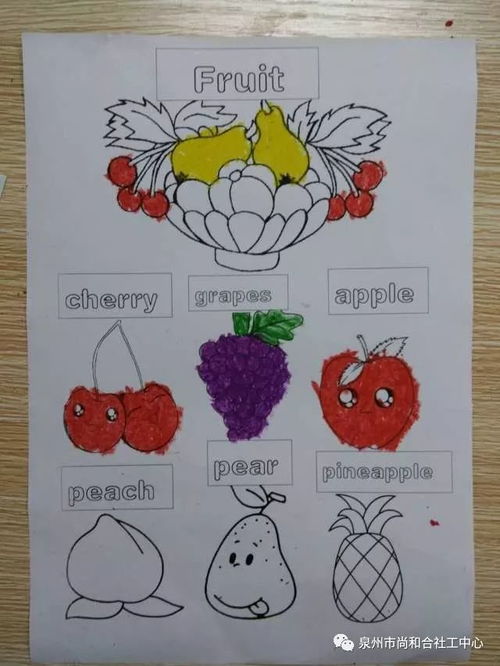How to Say '特点' in English
When diving into the realm of expressing unique attributes in English, understanding how to articulate "特点" (characteristics or traits) becomes pivotal. Whether you're marketing a product, describing a person, or narrating an event, mastering this aspect of English communication can captivate your audience and keep them engaged. Let's embark on a journey where we unravel the art of crafting compelling content that not only highlights key characteristics but also seduces readers with its charm and precision.


In the vast landscape of content creation, standing out requires more than just words; it demands a finesse in weaving stories that resonate. When you set out to describe the "特点" of something—whether it's a novel gadget, an enchanting locale, or an intriguing individual—your ability to captivate your audience hinges on how adeptly you intertwine those traits with engaging narrative and strategic keyword placement.

The Power of Keyword Density

Keyword density, often misunderstood as a mere number game, is actually an art form. It's about striking the perfect balance between mentioning your core concepts enough to convey clarity without overwhelming the reader with repetition. Imagine you're discussing the unique selling points of a new smartphone. Mentioning "advanced camera features," "sleek design," and "long-lasting battery life" strategically throughout your text ensures these key characteristics are front and center.
For instance, you might start by introducing the smartphone with a hook: "Introducing the latest marvel in mobile technology, designed to redefine your photography experience with its advanced camera features, wrapped in a sleek, ergonomic body that promises both style and functionality." Here, the keywords "advanced camera features" and "sleek design" are subtly embedded, setting the stage for an informative and engaging read.
As you delve deeper, maintaining this balance is crucial. You could expand on the camera by sharing real-life scenarios where users have captured breathtaking photos, and mention how the sleek design complements their lifestyle choices. Remember, variety in sentence structure and vocabulary keeps the text fresh and inviting. For example, varying between phrases like "its sophisticated aesthetics" and "the phone's elegant profile" reinforces the "sleek design" point without monotony.
Crafting a Structured Narrative
Structure is the backbone of compelling content. A well-organized piece guides readers through a logical flow, making it easier for them to absorb and retain information. When discussing characteristics, arrange your points in a manner that builds anticipation and deepens engagement. Start with a broad overview, narrow down to specific traits, and conclude with a summation that ties everything together.
Let's continue with the smartphone example. After your opening hook, segment your content into dedicated paragraphs for each key characteristic. Each paragraph should begin with an introductory sentence that clearly states the trait being discussed, followed by supporting details. For the camera, you might say, "The advanced camera features don't just promise quality; they deliver it. With multi-lens technology, AI-enhanced photo processing, and night mode capabilities, every snap becomes a masterpiece."
Incorporating anecdotes, user testimonials, or comparisons can further enrich your narrative. A real-life story of a traveler who captured a once-in-a-lifetime sunset using the phone's camera makes the feature tangible and relatable. Similarly, comparing battery life to industry standards or competitor models can provide context and validate your claims.
Engaging the Senses
Engaging content is sensory. Use descriptive language that appeals to the five senses to make your characteristics come alive. Imagine describing the smartphone's design not just as sleek but as "a smooth, glass-bodied masterpiece that feels as good in your hand as it looks, with a metallic frame that adds a touch of luxury and durability." This approach paints a vivid picture, inviting readers to imagine holding and experiencing the product firsthand.
For the camera, talk about how the images "pop with vibrant colors and crisp details, as if you're stepping into the scene itself." Discuss how the audio system "immerses you in a symphony of sound, with bass that rumbles deep and treble that sparkles." These sensory descriptions make the characteristics more than just specifications; they transform them into experiences.
Call to Action and Engagement
Every great piece of content ends with a call to action (CTA). This is your opportunity to invite readers to engage further, whether it's through a purchase, signing up for a service, or simply continuing their exploration of your content. Make your CTA relevant and compelling, leveraging the characteristics you've highlighted.
For the smartphone, you might conclude with: "Ready to elevate your everyday moments to extraordinary? Discover the full potential of [Phone Name]'s advanced camera features, sleek design, and unparalleled battery life today. Click below to explore more and bring your stories to life."
- 上一篇: 家常糯米丸子制作详解
- 下一篇: 键盘上如何输入单引号和双引号,分别按哪个键?
-
 How to Say 'Asia' in English新闻资讯12-05
How to Say 'Asia' in English新闻资讯12-05 -
 How to Say 'Cinema' in English新闻资讯11-25
How to Say 'Cinema' in English新闻资讯11-25 -
 How to Say 'Dress' in English新闻资讯12-07
How to Say 'Dress' in English新闻资讯12-07 -
 How to Say 'Merry Christmas' in English新闻资讯11-30
How to Say 'Merry Christmas' in English新闻资讯11-30 -

-













